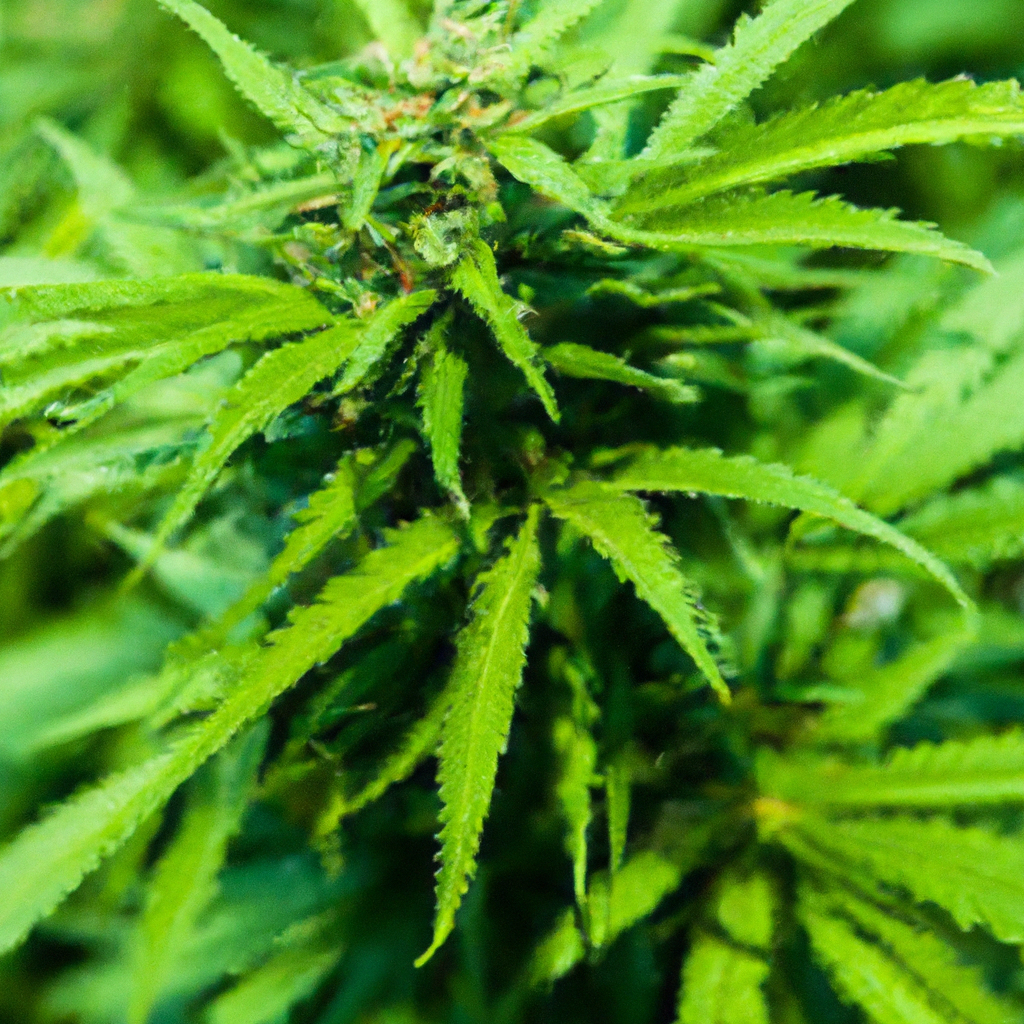By John “Magic” Greenleaf
Understanding the climate intricacies of cannabis cultivation is crucial—especially in the varied and often challenging environment of Colorado. From my thirty years of crafting resilient and potent strains, I’ve learned that adapting your techniques to the climate can spell the difference between a bump in the road and an abundant harvest. With my insights, you can optimize your grow by adjusting to the climatic variations specific to high-altitude settings.
Leveraging Altitude: The Cannabis Grower’s Secret
The Rocky Mountains offer superb growing opportunities with their unique climate. The higher UV exposure can enhance terpene production in your plants, resulting in richer profiles. My strain “Magic Kush” thrives in this setting, boasting intensified flavors and increased potency.
Altitude-Tailored Tips:
- UV Exposure Management: Supplement natural UV for indoor plants with UV-B lights to mimic the sun’s effects.
- Temperature Control: High-altitude nights can get chilly. Employ heaters or insulation to maintain stable temperatures.
Crafting a Resilient Water System
In the arid regions of Colorado, water efficiency and conservation aren’t optional—they’re essential. Through years of trial and refinement, I’ve optimized a drip irrigation system that not only conserves water but promotes healthy root systems for robust growth.
Tips for Water Efficiency:
- Drip Irrigation Systems: These systems minimize evaporation compared to traditional methods.
- Soil Amendment: Use organic matter to improve soil moisture retention.
- Mulching: Helps keep the soil cool and reduces water loss.
Harnessing Natural Climate Advantages
Colorado’s climate, while harsh at times, offers unique benefits for cannabis cultivators. The natural elements—when understood and tapped correctly—can lead to superior quality plants. For instance, Southern exposure can expedite the growing season, leading to earlier and more prolific flowering.
Maximize Climate Benefits:
- South-Facing Planting: Take advantage of the extended sunlight hours for better growth cycles.
- Wind Exposure: Allow natural airflow to minimize mold and pests, enhancing plant resilience.


Leave a Reply